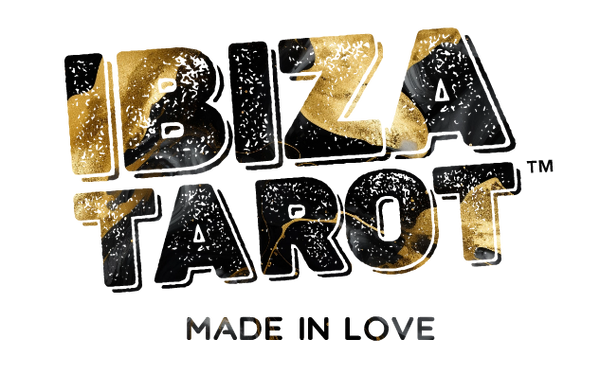Understanding Tarot Card Meanings

Learning the meanings of tarot cards is a vital part of deepening your practice. Each card carries layers of symbolism, offering insights into your life, emotions, and spiritual journey. Whether you're new to tarot or looking to expand your knowledge, this guide will help you interpret cards with clarity and confidence.
The Structure of a Tarot Deck
A standard tarot deck consists of 78 cards, divided into:
-
Major Arcana (22 cards): Represents life’s significant lessons and spiritual themes.
-
Minor Arcana (56 cards): Focuses on daily experiences, divided into four suits (Cups, Wands, Swords, Pentacles).
Understanding this structure helps you read cards both individually and as part of a spread.
Major Arcana: Life’s Big Lessons
The Major Arcana cards reflect major events, personal transformations, and spiritual growth. They include iconic cards like:
-
The Fool (0): New beginnings, innocence, and potential.
-
The Magician (I): Manifestation, personal power, and resourcefulness.
-
The High Priestess (II): Intuition, mystery, and hidden knowledge.
-
Death (XIII): Transformation, endings, and new beginnings.
-
The World (XXI): Completion, fulfillment, and achievement.
When Major Arcana cards appear in a reading, they highlight pivotal life moments or lessons to focus on.
Minor Arcana: Daily Experiences
The Minor Arcana cards delve into everyday matters. They are divided into four suits:
-
Cups (Water Element): Emotions, relationships, intuition.
-
Wands (Fire Element): Creativity, passion, inspiration.
-
Swords (Air Element): Thoughts, intellect, communication.
-
Pentacles (Earth Element): Finances, career, material aspects.
Each suit has 14 cards: Ace through 10, plus four court cards (Page, Knight, Queen, King).
Understanding Court Cards
The court cards often represent people, personalities, or aspects of yourself:
-
Page: Curiosity, new beginnings, youthful energy.
-
Knight: Action, ambition, and pursuit of goals.
-
Queen: Nurturing, wisdom, and emotional maturity.
-
King: Leadership, mastery, and authority.
Interpreting Tarot Card Meanings
-
Symbolism: Pay attention to colors, numbers, and imagery. For example, water symbolizes emotions, while swords represent intellect.
-
Numerology: Aces signify beginnings, while tens indicate completion.
-
Reversed Cards: Some readers interpret reversed cards as blocked energy or lessons needing attention.
-
Intuition: Beyond traditional meanings, trust your intuition to feel what the card is saying in the moment.
Tips for Learning Card Meanings
-
Start a Tarot Journal: Write down your interpretations and insights.
-
Daily Card Pull: Draw one card each day to connect with its energy.
-
Practice with Spreads: Use simple spreads like the three-card spread (past, present, future).
Common Tarot Spreads to Practice
-
One-Card Draw: Focused guidance for the day.
-
Three-Card Spread: Explores a situation from different angles.
-
Celtic Cross: A detailed spread for complex questions.
Resources for Expanding Your Knowledge
-
Guidebooks: Most tarot decks come with a book explaining card meanings.
-
Online Communities: Connect with other readers for practice and insights.
-
Courses and Workshops: Deepen your understanding through structured learning.
Discover Tarot Decks at Ibiza Tarot
At IbizaTarot.com, we offer a range of best-selling tarot decks designed to inspire your spiritual journey. Whether you're a beginner or an advanced reader, you'll find decks that resonate with your unique path.
Final Thoughts
Understanding tarot card meanings is a journey of self-discovery and growth. While traditional interpretations provide a foundation, your personal connection with the cards will deepen over time. Trust your intuition, keep learning, and enjoy the magic of tarot.
